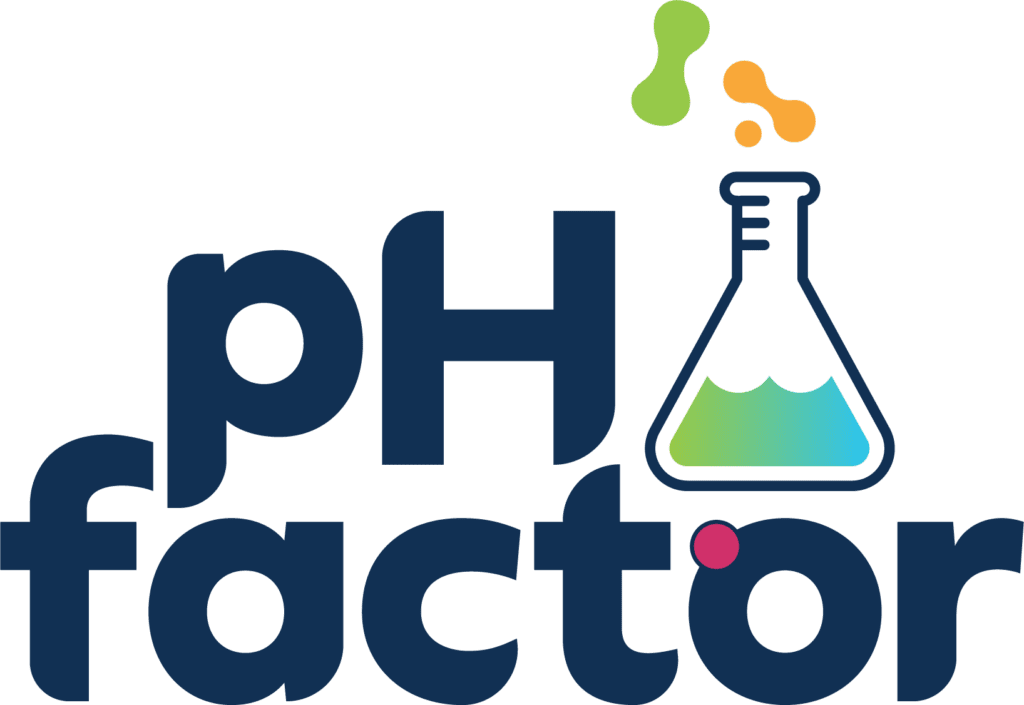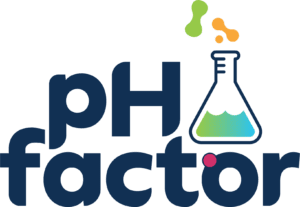Although testing is not currently mandated in Australia, cosmetic brands are expected to provide safe products for consumers. Therefore, you should always plan on testing your products before you launch them.
The two types of testing for cosmetic products are Stability Testing and Preservative Efficacy Testing (PET).
Stability Testing versus PET (Preservative Efficacy Testing)
Cosmetics naturally degrade over time. These tests will reveal the extent to which your product degrades under different conditions and exposures.
Stability testing
Stability tests assess whether your product will hold up during its intended life span. Stability testing involves accelerated tests, in which your product is placed under extreme conditions to see how it holds up in the real world.
To conduct stability tests, you will need to put your product in different containers and different conditions. Keep one as a control, then test how the product is affected by extreme heat, cold, UV light, and vibrations.
Stability testing protocols
These three types of stability tests will ensure your product is safe and effective.
- Physical and chemical integrity: These tests evaluate the product’s colour, odour, viscosity, flow, texture, and pH value. They also check for signs of separation.
- Microbiological stability: These tests evaluate contamination when the product is exposed to mould, yeast, or bacteria.
- Packaging stability: These tests evaluate how effectively the package contains the product.
In general, stability tests include storing skincare products at high temperatures (45°C and 75% relative humidity) and real-time temperatures (30°C / 65% relative humidity).
Testing at high temperatures is considered accelerated testing, where every week of storage equals four weeks of real-time shelf life. Real-time testing temperatures are done in real-time, so it will take 12 months to test for 12-month shelf life.
PET
Preservative efficacy testing (PET) is sometimes called antimicrobial effectiveness testing because it tests the effectiveness of the antimicrobial preservatives in your products over 4 – 6 weeks.
During PET, your product will be inoculated with a known amount of micro-organisms and held at a constant temperature to determine how well your product’s preservative system holds up.
One thing to note is that PET will not tell you how well the preservative holds up for more extended periods of time, such as 12 months. So, you may need to conduct further testing on the product’s shelf life.
PET protocols
PET is not mandatory in Australia; however, it is a highly recommended testing process to ensure that your product is safe and viable.
It should be done according to internationally approved testing procedures that are required by British Pharmacopoeia (BP), European Pharmacopoeia (Ph. Eur.), and United States Pharmacopoeia (USP). This includes testing how the following agents interact with your formula:
- Aureus
- Aeruginosa
- Albicans
- Brasiliensis
- Enterobacteriaceae
Testing Helps To Avoid Recalls
Testing protects your customers from harmful products and protects your business from losses as a result of recalls. The Australian Competition & Consumer Commission (ACCC) conducts random testing on products. If your product is found to not comply with the Australian Standards Criteria, you may be subject to fines and a product recall.
Testing is an essential step in creating safe, viable products for both consumers and you as a business. At pH Factor, we are highly committed to ensuring safe and effective products, which is why we offer Stability Testing as standard practice in all of our small batch productions.
Science is never a simple process, which is why we also highly recommend testing cosmetics and personal care products with PET, to ensure the longevity and standards of your products remain safe while out in the marketplace. Avoid making mistakes with your testing so you can deliver a safe and effective product to your customers.

